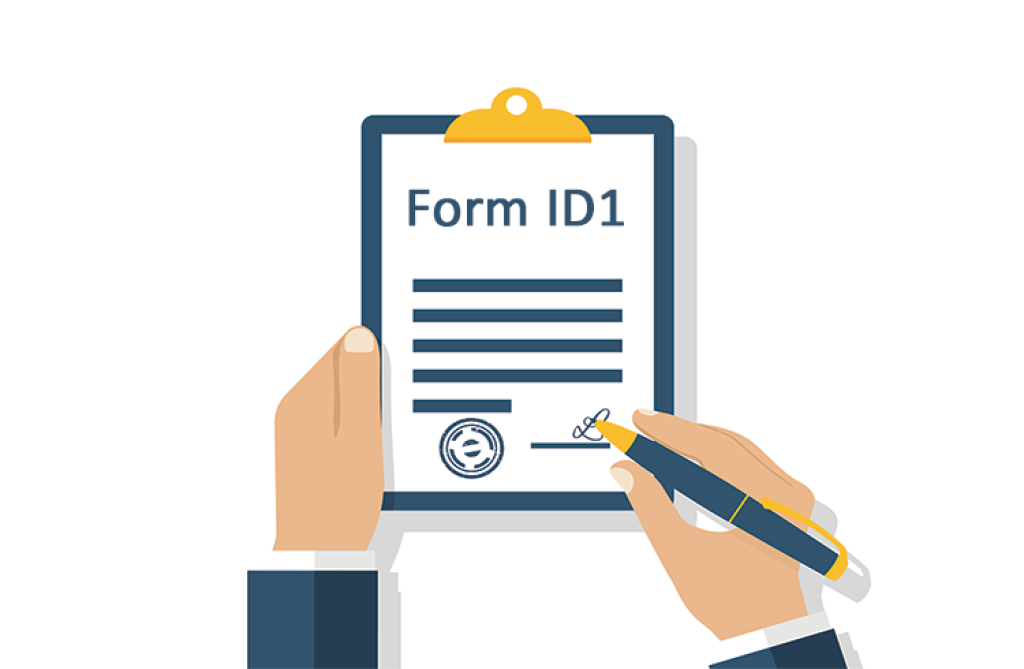When it comes to buying and selling property or transferring it into someone else’s name, because of the large value involved, it is essential that all parties have their identities checked. This is done to stop fraud. You can have a conveyancer do this for or you can do it without legal representation.
The ID1 form is part of the checks done by the Land Registry and is must be filled in if the person is not legally represented. The ID2 form is used for those representing a business in property transactions.

When does the ID1 form need to be completed?
Each party involved in a transaction with property will need to fill in one of these forms each, as well as supply evidence of identity along with the completed form if they are not being represented by a legal entity. what is an ID1 form? Find out at Sam Conveyancing.
You will also need to complete this form if you are submitting an application on behalf of someone else and you are not a conveyancer or an involved party in the transaction.
The occasions when this form will be required include the following:
- A mortgage application or a land transfer
- Granting a lease
- A surrender or transfer of equity
- Discharging land
- Changing a name
- Changing an address

Where can I get the form?
Both the ID1 and 2 forms can be found on the government website. The form needs to be completed along with certified ID and provided to the Land Registry before contracts are exchanged.
The Section A is to be completed by the individual involved in the transaction and Section B is for the certifier to confirm your identity.

